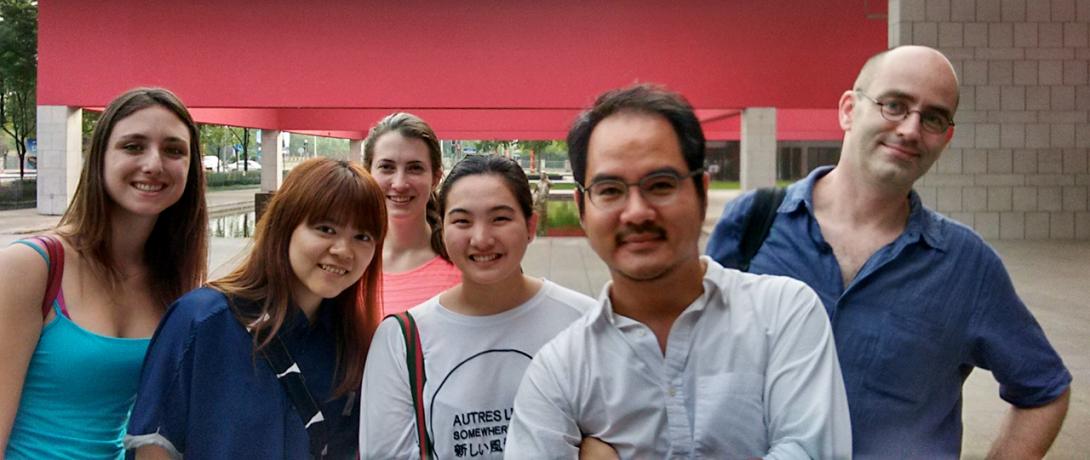The City Itself As Classroom: Walking Through a Summer Course on Urban Planning and Development
This summer, NYU Shanghai Global Postdoctoral Fellow Non Arkaraprasertkul had students urban walking through Shanghai for his experimental, interdisciplinary course titled Shanghai: Urban Planning and Development of the Twenty-First Global City.
With pleasant weather for a Shanghai summer, the city provided a perfect laboratory for students to explore key concepts in architecture, urban planning, and development—they ventured out twice a week.
In a rigorously academic and experienced-based environment, students were introduced to canonical literature on urban studies, learning how gentrification, political economy, and spatial mapping work in situ, and play out in the reality of Shanghai’s urban development.
Throughout the course’s 6-weeks, they kept journals, took photos, and recorded videos—a class blog served as a platform for sharing personal experiences while keeping track of places visited.
Guest lectures from experts and intensive pre- and post-field seminars had students exercising their critical thinking and writing on the field’s central themes and debates.
“One of the fascinating things about this course is that each student found out what they like simply by walking around the city,” said Arkaraprasertkul— almost universally known at NYU by his first name.
Galavanting the public spaces of Shanghai is where sophomore Barbara Cleary from Boston College discovered a newfound appreciation for what she once took for granted.
“Public space will definitely be something that stays on my mind as I return to the U.S. and as I continue to study China and track the development of Shanghai. Now that I am more mindful of it, I’m sure I will continue to discover its power and the ways in which it is designed and used,” she said.
Instead of sitting a final exam, students created individual projects that served as a reflection of their curious observations of the urban condition.

For instance, María Román Fernandez was taken by similarities and differences of the Shanghai skyline compared to that of Manhattan, where she is a senior at NYU.
She delved into the history and theoretical interpretations of the concept of iconicity, conducting extensive online research and ultimately constructing an interactive website to express her findings that suggest Shanghai’s skyline is observed and interpreted in patterns.
“I have learned about the government’s role in the development of Shanghai and have been able to explore the different ways that urban space is perceived and represented in the the fields of urban studies, planning and sociology,” Fernandez said, admitting that the course has redefined her initial definition of urban space.
“A city is more than just a collection of buildings. It takes into account pedestrians, vehicles, public gatherings and spaces, infrastructure and so much more,” said Patricia Tan, a junior majoring in architecture and urban design at NYU, New York. “I cannot wait to share the knowledge I have taken from this course with my future urban design and architecture classes in NYU!”
The class itineraries included the Old City Wall and Yu Garden, Fuzhou Road, Shanghai Planning Museum, Songjiang’s Thames Town, Lujiazui Central Business District, The Bund, and a famous Shanghai alleyway house in central Shanghai, where the summer course concluded.
“The unconventional nature of the course keeps the students engaged, enthusiastic, and active throughout. As an instructor, I couldn’t ask for a better group of students,” concluded Arkaraprasertkul. “It’s the beginning of a new paradigm in urban studies education.”
Article & Photos by: Non Arkaraprasertkul


